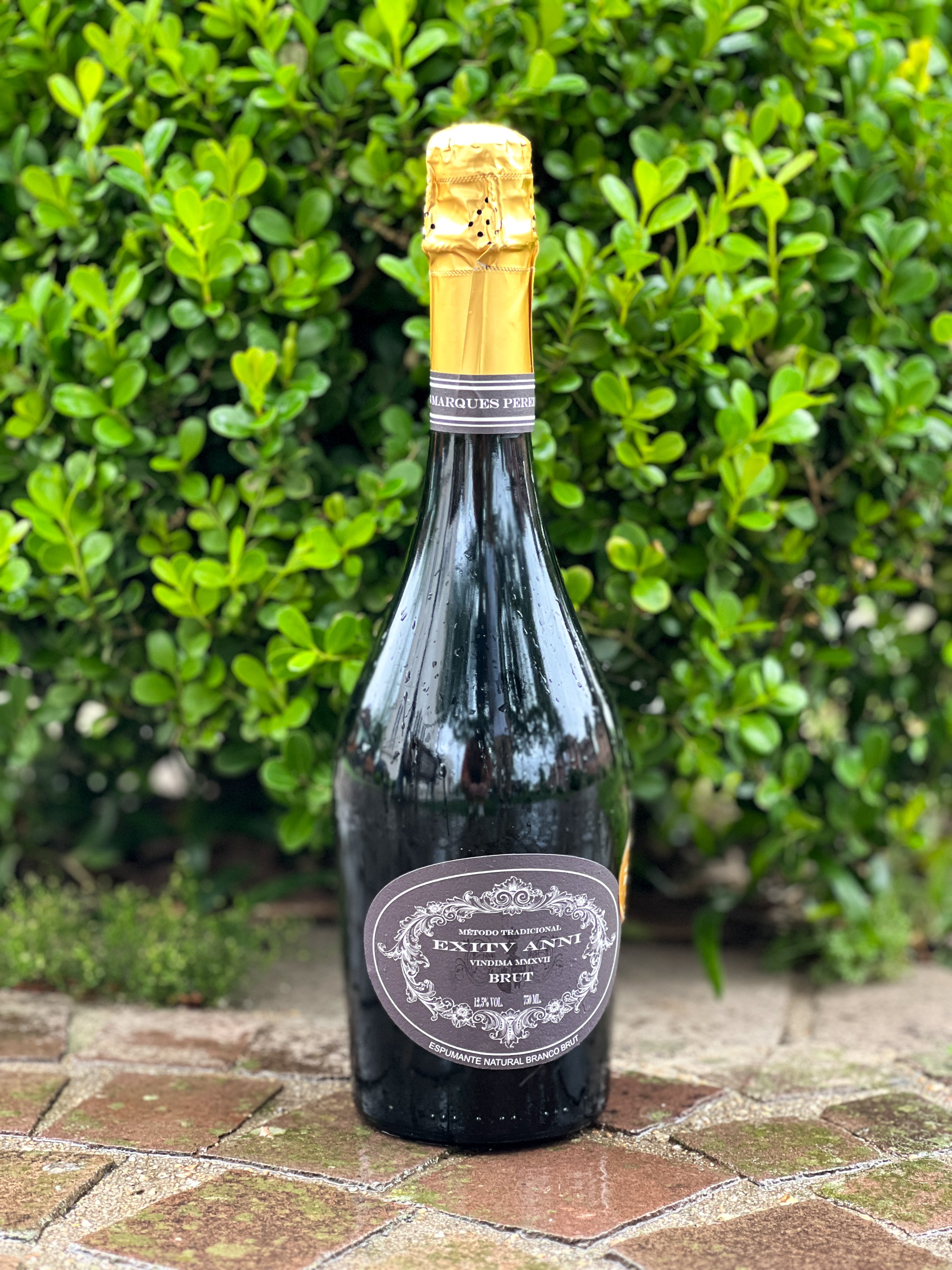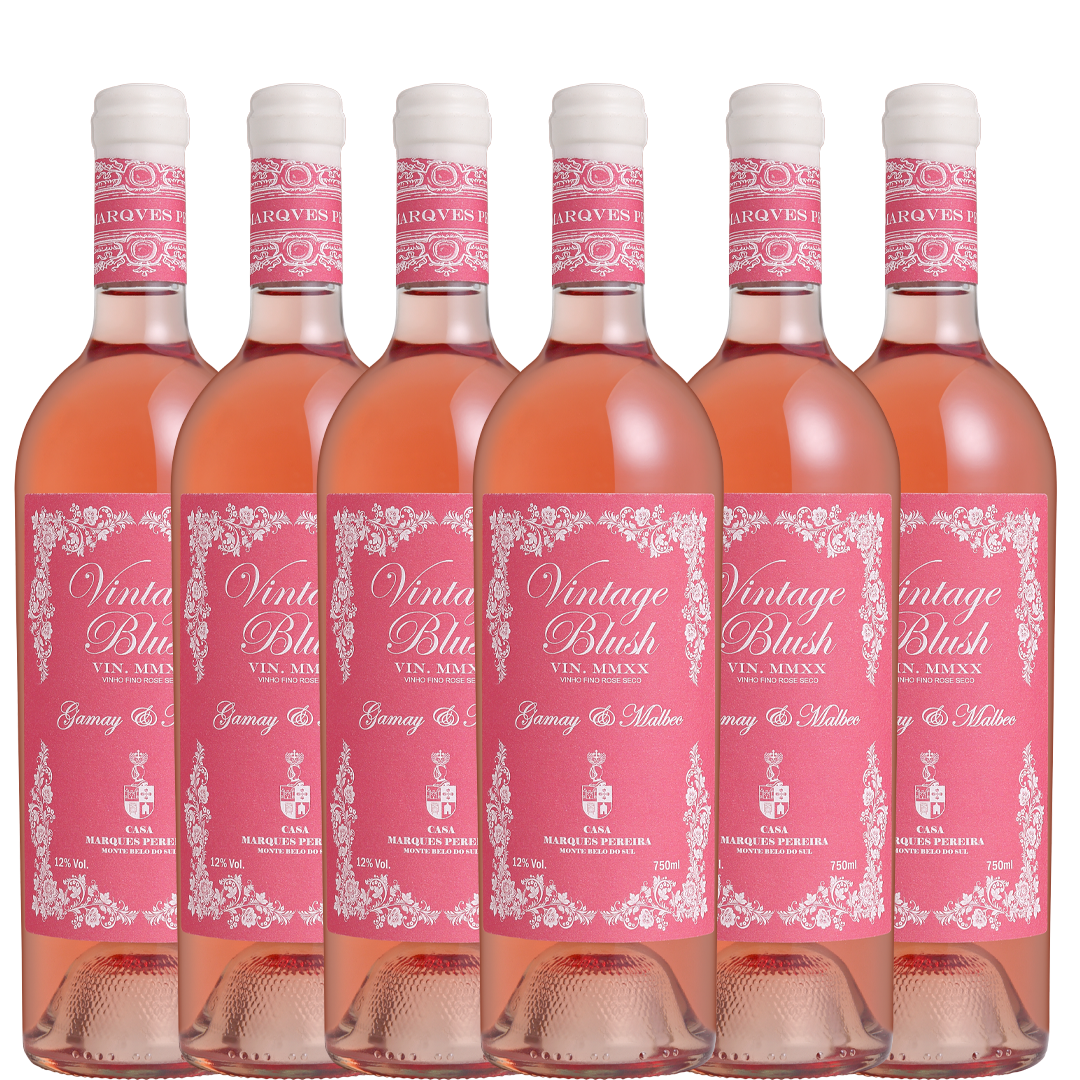Sparkling Wines: All About Bubbles
There's a certain magic that accompanies the "pop" of a sparkling wine bottle! But, beyond that, happy accidents and a good dose of science help explain the secrets behind this special drink.
How did sparkling wines originate?
The history of sparkling wines is quite nebulous and full of controversies. Well, it was to be expected that such a fabulous creation could generate some friction in defining an inventor, but the accounts of its conception are truly complex and make it difficult to guarantee with absolute certainty. The most widespread story, largely due to its charm, recounts the experience of the immortal monk Dom Pierre Pérignon around the year 1700, in the exercise of his responsibility as master of the cellars of the Abbey of Hautvillers, who supposedly tasted a wine that had undergone a second fermentation in the bottle, generating bubbles, and exclaimed the phrase: "Run, I am drinking stars!". Many details of this story are the subject of criticism by scholars, and even the defenders have conflicting details that compromise the credibility of the event.
The natural effervescence in wines has been observed for hundreds of years, including written accounts by the Greeks and Romans, although the emergence of the iconic bubbles was a complete mystery. The tendency for still wines to become slightly carbonated was frequently noted in wines from specific regions and was considered a production defect for a long time; in fact, the role of some masters (like Dom Pérignon) was precisely to care for and study wines so that they would not suffer from this problem. Spontaneous carbonation usually meant exploding bottles in the cellars, often causing chain reactions that could affect up to 90% of the stock! The situation was so serious that employees had to wear iron masks to avoid serious accidents.
The British, still known today for their fascination with sparkling wines, were the first to treat the gas present in wine as a positive characteristic and try to understand the reasons for this phenomenon. It's important to note that French wines traveled in barrels to England where they were bottled in bottles produced in industrial furnaces, resulting in glass more resistant than the French! In 1662, the English scientist Christopher Merret wrote an article relating for the first time the presence of sugar in bottled wines to the emergence of natural gas.
How Wine Becomes Sparkling Wine
After the grapes are harvested and pressed, the fermentation process begins in tanks. Naturally, a microorganism called yeast feeds on the grape's natural sugars and transforms them into ethanol, the alcohol in wine, but beyond that, it generates several other secondary compounds such as CO2 , carbon dioxide. This natural gas is eliminated during the production of still wines until very little grape sugar remains and all the desired alcohol is produced. In the case of sparkling wines, naturally or by addition, we allow a new group of yeasts to process sugar and generate the same products, but with the difference that, this time, the fermentation occurs in a closed environment, forcing the bubbles to dilute in the liquid, reappearing only when the bottle is opened.
With the evolution and in-depth study of these phenomena, various sparkling wine production techniques have been perfected. From more industrial to traditional methods, everything depends on the results the winemaker intends to achieve. One of the most emblematic methods is known as Traditional or Champenoise , where initially a normal fermentation of the must of grapes harvested early occurs, with less sugar and more acidity, generating what we call "base wine". This wine is then bottled and, instead of a cork stopper, is closed with a metal cap, similar to beer or soda bottles, called a corona , along with the tirage liqueur , a unique recipe from each winery containing enough sugars and yeasts to trigger a second fermentation inside the bottle, forcing the gas to dissolve in the liquid. As soon as the yeasts die and precipitate with the other solid residues, the bottles are placed in cellars to rest during the autolysis period, where these small organisms will sacrifice themselves and deliver elements to the wine that will give the sparkling wine its creamy and structured characteristics.
Since we add that "secret liqueur" to the sparkling wine, we already know what characteristics we will find in the final product. The sugar levels at the end of this entire process will define the classification of the beverage, which, according to Brazilian legislation, is divided into ranges of grams per liter of residual sugars:
Nature : with up to 3 g/L;
Extra-Brut : between 3.1 and 8 g/L
Gross : between 8.1 and 15 g/L;
Dry or Sec : 15.1 to 20g/L;
Semi-Dry, Semi-Sweet or Semi-Dry : between 20.1 and 60 g/L;
Sweet : between 60.1 and 80 g/L.
Beyond the amount of sugar, the balance with acidity and the ripening characteristics achieved during autolysis will define and guarantee the qualities for pairing and aging potential of each label created. The aromas and flavors are greatly affected by these processes, but also by the grapes selected for their production, as we can clearly see when we compare the Nature Safra Histórica MMXX, made exclusively with the white Trebbiano Toscano grape, and the EXITU ANNI Brut Rosé Vindima MMXVII , made with Chardonnay and Pinot Noir grapes, both developed using the same method but with unique characteristics. Generally, the grapes destined for sparkling wines are harvested earlier than others, seeking higher acidity levels and less sugar, enabling the entire double fermentation process.
More and more enthusiasts are turning to the world of sparkling wines, whether to pair them with the main course of a banquet or some casual snacks, or to toast moments and memories amidst smiles and hugs. Whatever the reason, when you raise your glass of sparkling wine to celebrate the New Year, reserve a sip in homage to the long journey of culture and innovation that made it possible to capture the thousands of accidental bubbles that transformed an already beloved drink into a symbol of achievement and celebration. Cheers!















